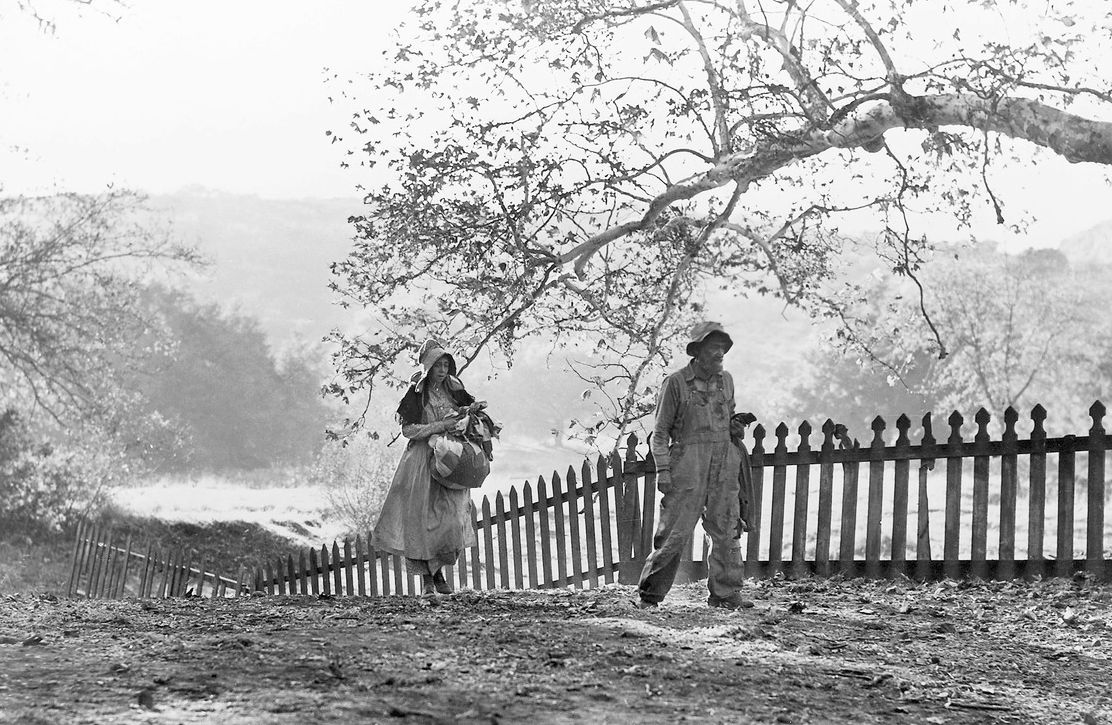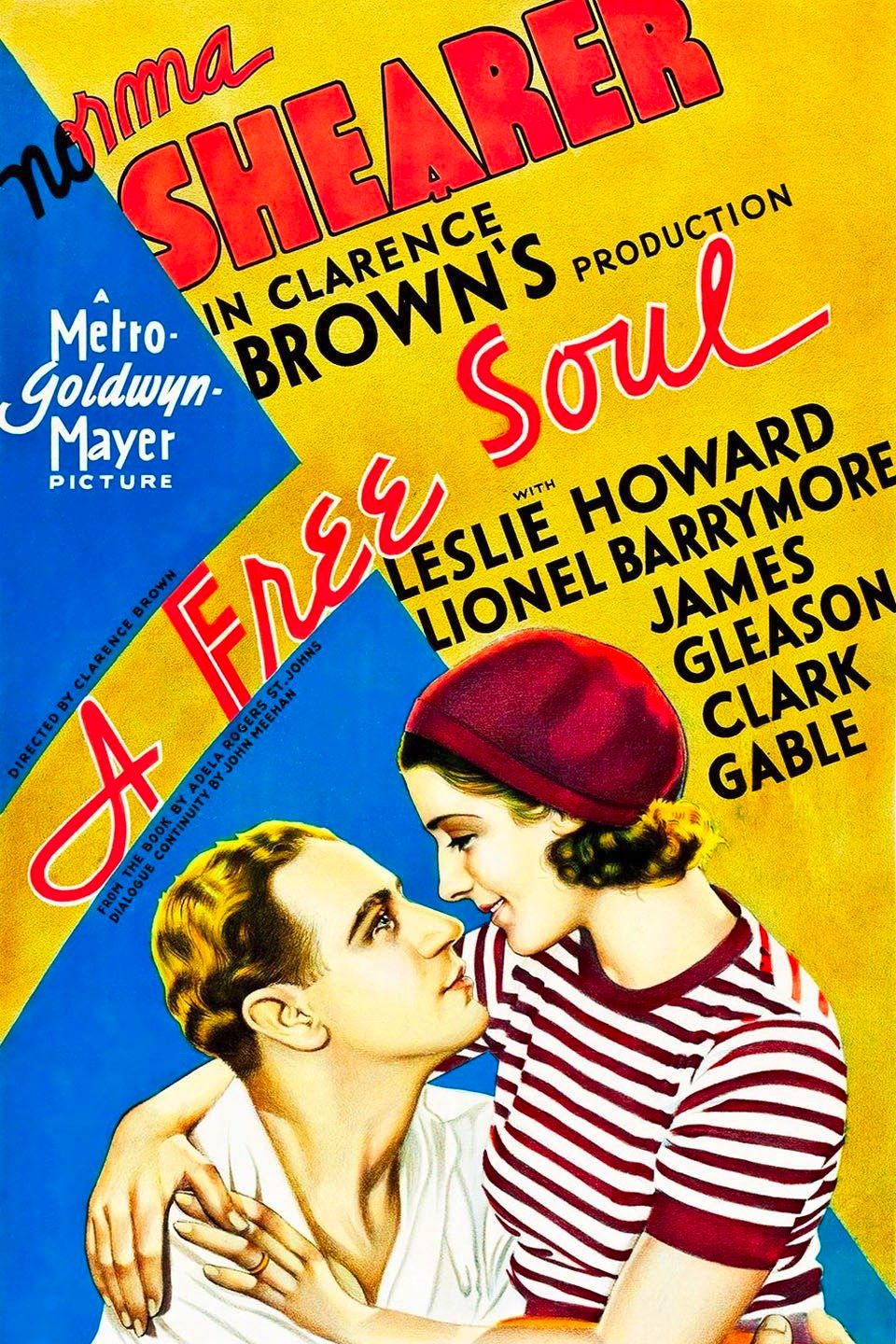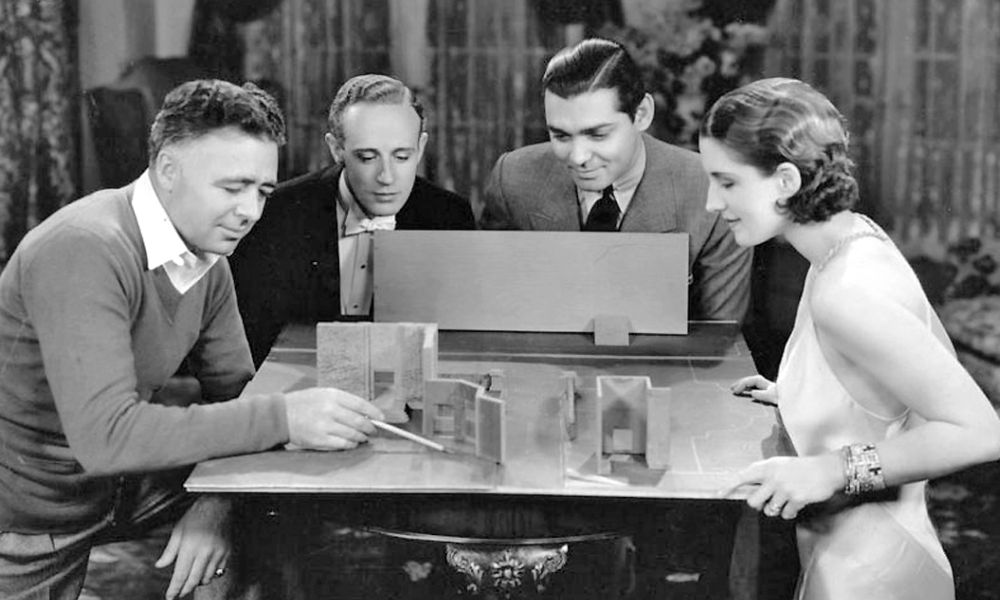"In the course of a long career Brown succeeded uniquely in remaining a 'commercial' director without ever compromising his own artistic integrity and excellence… Brown's mixture of romanticism and delicate satirical humour ideally suited him to be a director of stars." - David Robinson (The International Encyclopedia of Film, 1972)
Clarence Brown
Director / Producer
(1890-1987) Born May 10, Clinton, Massachusetts, USA
(1890-1987) Born May 10, Clinton, Massachusetts, USA
Key Production Country: USA
Key Genres: Drama, Romance, Melodrama, Romantic Drama, Comedy, Children's/Family, Biopic, Animal Picture
Key Collaborators: Cedric Gibbons (Production Designer), Herbert Stothart (Composer), Robert Kern (Editor), William Daniels (Cinematographer), Greta Garbo (Leading Actress), Joan Crawford (Leading Actress), Clark Gable (Leading Actor), George Folsey (Cinematographer), Hugh Wynn (Editor), Reginald Owen (Leading Character Actor), William Axt (Composer), Clara Blandick (Character Actress)
Key Genres: Drama, Romance, Melodrama, Romantic Drama, Comedy, Children's/Family, Biopic, Animal Picture
Key Collaborators: Cedric Gibbons (Production Designer), Herbert Stothart (Composer), Robert Kern (Editor), William Daniels (Cinematographer), Greta Garbo (Leading Actress), Joan Crawford (Leading Actress), Clark Gable (Leading Actor), George Folsey (Cinematographer), Hugh Wynn (Editor), Reginald Owen (Leading Character Actor), William Axt (Composer), Clara Blandick (Character Actress)
"Clarence Brown worked in the motor industry until 1915. He then entered films as assistant to Maurice Tourneur and for seven years remained with him, editing, title-writing and shooting exteriors. His first solo attempt at direction was in 1920, and he made 52 features between then and 1952. Brown was a great pictorials; he was also a marvellous director of actors (seven films with Garbo), and his films were rich in human qualities." - The Illustrated Who's Who of the Cinema, 1983
“One of MGM's leading directors for many years, Clarence Brown was known as the man who could handle the changing moods and vagaries of the luminous Greta Garbo… During his busy MGM years, Brown directed other of the studios' leading players in many of their glossiest vehicles, giving the films a pace and a sheen that made the movie-hungry audiences of the thirties ignore the pulpish plots.” - Ted Sennett (Great Movie Directors, 1986)

Intruder in the Dust (1949)
“Perhaps more than any other director, typifies the MGM style of the '30's. Glossy, mellow dramas set in plush surroundings, elegant without being sophisticated, well-mannered without being mannered, photographed with soft-focus effects and high-key lighting. He directed seven of Garbo's pictures, getting her to talk for the first time in Anna Christie (1930) and even to act in Anna Karenina (1935). Away from that posturing profile, he was able to make idealistic, warm-hearted examples of Americana for the studio that more than any other cosily reinforced middle-class values.” - Ronald Bergan (A-Z of Movie Directors, 1983)
"Clarence Brown is one of the lost lions of MGM—like Jack Conway (1935's A Tale of Two Cities) or Sidney Franklin (1937's The Good Earth) or Sam Wood (1939's Goodbye, Mr. Chips)—a director whose superb work eclipses his own name and fame. Six misses make him Oscar's all-time also-ran for best director. Intruder in the Dust (1949), informed by a ghastly Atlanta race riot he'd witnessed at 16, is arguably his masterpiece, but it nabbed nary a nomination. Nevertheless, Brown discovered the charisma of Clark Gable and Greta Garbo and unleashed it more times than anyone. Garbo he directed gently—never in anything louder than a whisper. "There was something behind her eyes that could reach out and tell audiences what she was thinking," he once said about his Anna Christie (1931) and Anna Karenina (1935) star." - Harry Haun (Directors Guild of America, 2019)
“He is best remembered as MGM's glamour director during the late 1920s and throughout the 1930s, but Brown was also a director and sometime producer of movies that dealt with family themes that were often rich in Americana. He was particularly adept at developing and showcasing new talent, including that of Greta Garbo, Clark Gable, and Elizabeth Taylor.” - The Encyclopedia of Hollywood, 2004
"Without Clarence Brown, who would MGM have found to direct Greta Garbo in the most stylish and elegant of her classic features? Sidney Franklin had the taste but not the energy, W.S. Van Dyke little but energy, and the rest of the contractees lacked commercial credibility, cinematic imagination or both… He was, in the decade of that studio's greatest prosperity, simply the right man in the right place, a director of taste, energy, credibility and imagination who sculpted for his studio the image of its greatest star that remains with us today… Like John Ford and Henry King, Brown was also drawn to themes of Americana, and in Ah, Wilderness! (1935), The Yearling (1946) and Intruder in the Dust (1949) proved himself not just a master of studio chic, but a director with a remarkable feeling for the American landscape." - Richard Koszarski (Cinema: A Critical Dictionary, 1980)
"Maurice Tourneur was my god. I owe him everything I've got in the world. For me, he was the greatest man who ever lived. If it hadn't been for him, I'd still be selling automobiles." - Clarence Brown
Selected Filmography
{{row.titlelong}}
Clarence Brown / Fan Club
Patrick Brion.
Patrick Brion.
"Fan Club"
These film critics/filmmakers have, on multiple occasions, selected this director’s work within film ballots/lists that they have submitted.
These film critics/filmmakers have, on multiple occasions, selected this director’s work within film ballots/lists that they have submitted.


